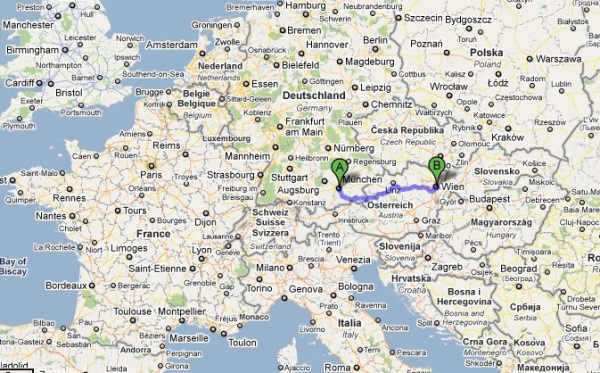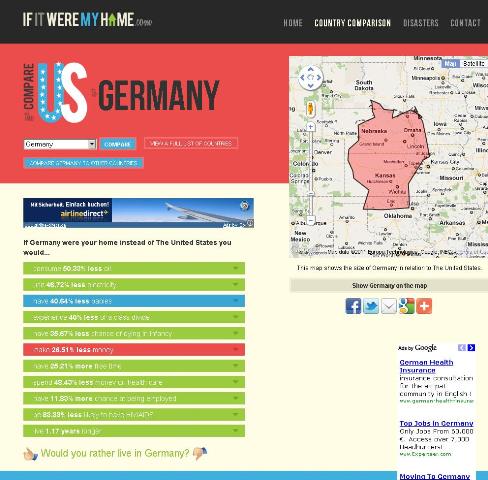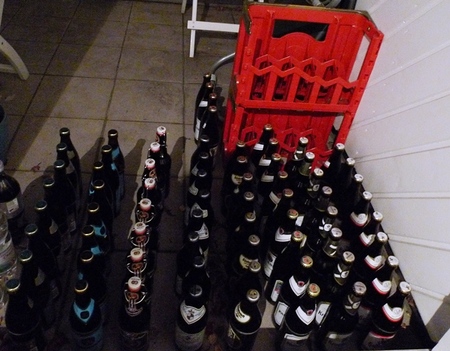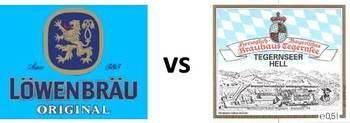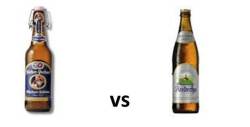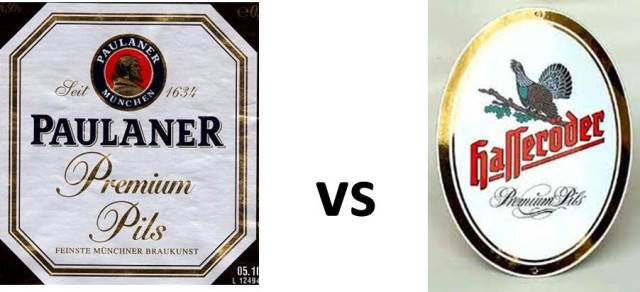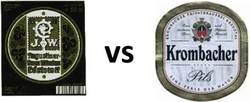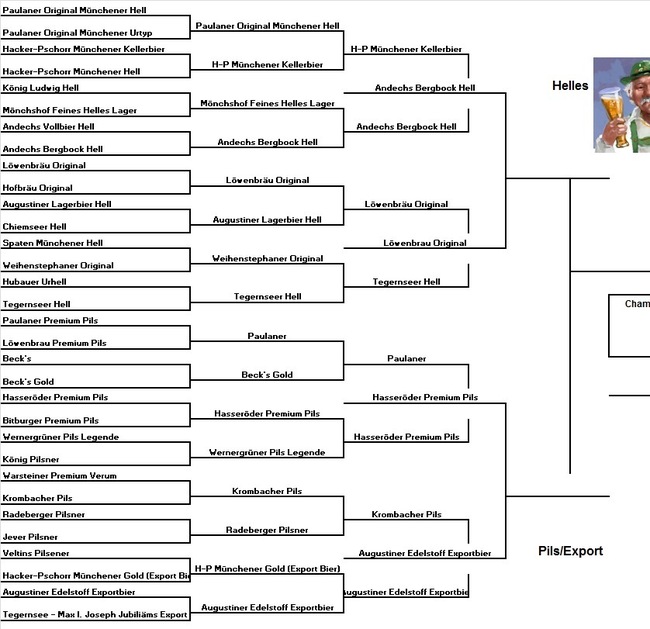Munich 2018?
 Thursday, March 31, 2011 at 10:01
Thursday, March 31, 2011 at 10:01 Throughout the city you'll see banners emblazoned with a blue and white hot air balloon. These have been popping up at every event in Munich and Garmisch for almost a year, but now are out in force across the city.
 These are part of Munich's campaign to host the 2018 winter olympics.
These are part of Munich's campaign to host the 2018 winter olympics.
Munich is pitching these as the "sustainable" and "friendly" games, and if it wins would be the first city in history to host both the summer and winter Olympics.
How would this work? The events requiring special topography (you know, actual mountains...) would be held in Garmisch-Partenkirchen, with some events at Koenigsee.
Of course, the one big issue is opposition from the farmers who own the land by the slopes in Garmisch. In order to have any large event, they must lease fields to the event to allow people to get to the slopes. The farmers are protesting the environmental impact on Garmisch and have threatened to refuse to lease the land for the Games.
Munich was selected as a candidate, along with Annency, France and Pyeongchan, South Korea. The Olympic committee has just visited the candidate cities and will make the announcement in July.
Both Munich and Garmisch have hosted Olympics before - Munich would love to have a friendly Olympics to balance out the memories of the tragedy of the 1972 Summer Games and Garmisch wishes to forget the 1936 Winter Games that it hosted under the Third Reich. I didn't realize it, but the IOC had also awarded the 1940 games to Garmisch before they were cancelled due to the outbreak of WWII.
Munich Olympic Ads are everywhere...there was a foozball table wrapped in an ad at my gate at the Munich airport. Even Rischart, who is a big supporter of the bid, got into the spirit of things by topping their chocolate krapfen with chocolate wafers emblazoned with the Munich 2018 logo

Who will win? It's hard to say. Most predict that the decision is between Germany and Korea. Korea may have the edge in diversity, as the previous Games will have been held in Europe (in Sochi, Russia). Additionally, it was a candidate city in the last two bids, so some feel that its time is due.
Germany, on the other hand, has been praised by the IOC for the government's clear committment to the games. With the 2006 World Cup, Germany has proved its ability to successully organize a major world sporting event. And Munich deals with a few million visitors descending upon the city every year to drink vast quantities of beer. And, though on a much smaler scale, Garmisch has proved its capabilities with the World Championship Alpine Skiing.
The German love for winter sports is clear; though holding the Winter Games in Asia will likely inspire far more new winter sport lovers (as winter sports are not big in much of Asia...not having winter makes a difference....). And internally there definitely are some issues to work out with the Garmisch-Partenkirchen venue.
In terms of venues, Korea has presented an incredibly compact site and has already constructed some new arenas. Germany is pitching sustainable development and plans to integrate the Olympic venues from the 1972 Summer Games into the new plans, to create sporting venues good for both summer and winter events.
And what of France? Their initial bid was spread over 4 cities in the French Alps, and was criticized by the IOC for being too spread out. They revised the plans to focus on two venues (same as Munich) but stil face challenges with the plan. Their budget is relatively low, and the plan doesn't seem to have the same clear governmental support as does Munich's. However, it's still equally in the running and could surprise everyone.
You can check out the official sites of Munich, Pyeongchang, and Annency to see their plans and slogans.
 Frau A
Frau A
While Munich anxiously awaits the 6 July IOC decision, a major hurdle to the Games was overcome this weekend - Garmisch-Partenkirchen voters approved the Games in a referendem. At 58% approval, it was not exactly an overwhelming victory, but a vote against the Games by a critical venue may have hurt Germany's chances at winning the Games.
The issue is not resolved - there's still the question of getting individual landowners to lease the necessary land at the foot of the slopes - but it's one step further in the process.
Until then, the flags and banners continue to cover Munich.
 Frau A ...
Frau A ...  Post a Comment
Post a Comment 



